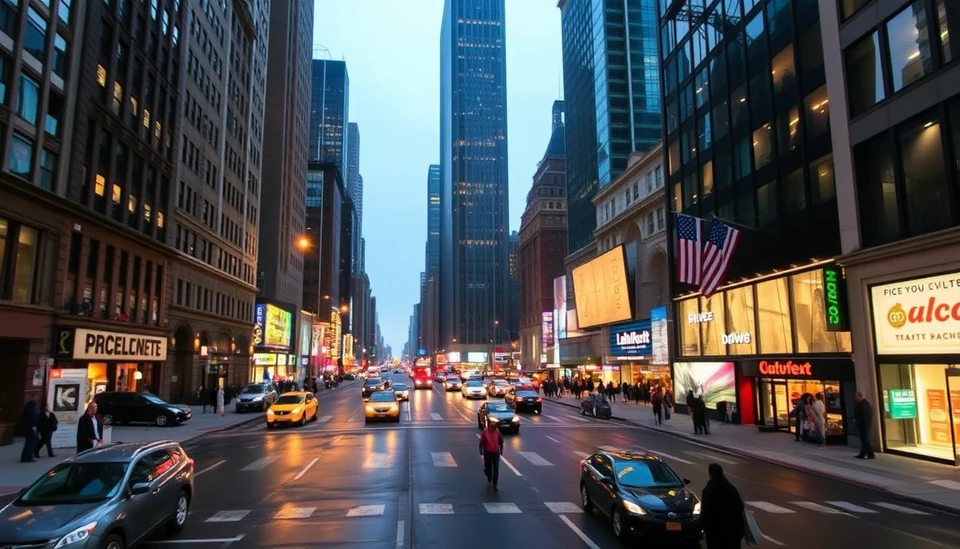
In an alarming economic development, New York City (NYC) has reported the highest inflation rates among major cities in the United States as of December 2024. According to recent data released by the Bureau of Labor Statistics, inflation in New York has surged to unprecedented levels, surpassing other cities like Los Angeles, Chicago, and Houston. This sudden increase has triggered significant concerns among economists and policymakers alike.
The inflation rate in NYC reached a staggering 7.5% year-over-year, with prices for essential goods and services rising sharply. The data indicates acute increases in costs associated with housing, transportation, and food, which have collectively strained the budgets of countless residents trying to keep pace with escalating living expenses. The surge aligns with national trends but is pronounced in New York due to its already high cost of living.
Real estate prices have been a primary driver of inflation, with rents hitting record highs across the city. The demand for housing has remained robust despite economic headwinds. However, with mortgage interest rates also climbing, many new homebuyers are finding the market increasingly inaccessible. Analysts suggest that the city’s tight housing supply, coupled with a surge in demand post-pandemic as remote work policies shift, has contributed to the dramatic rise in costs.
Additionally, transportation costs have risen, partly fueled by rising fuel prices and increased fees on public transit services. The Metropolitan Transportation Authority (MTA) has enacted fare hikes in response to funding shortfalls exacerbated by the pandemic, further impacting the everyday expenses of New Yorkers. As a result, residents are compelled to allocate a more considerable portion of their income toward basic commuting expenses.
The grocery sector has not been spared, with food prices now rising at the fastest rate recorded in decades due to supply chain disruptions and increased agricultural costs. Staples such as bread, meat, and dairy are now significantly more expensive than they were a year ago, leading to concerns about food insecurity among lower-income families in the city.
Government officials and community leaders are actively exploring solutions to mitigate the impact of these inflationary pressures. Proposals include rent control measures, subsidies for low-income residents, and funding for local food banks. However, the implementation of these solutions is complicated by the city's already strained budget and ongoing economic challenges.
Moreover, the high inflation rate poses a significant challenge for Mayor Eric Adams and his administration, as they continue to navigate the city’s recovery from the pandemic. City officials are stressing the importance of tackling the root causes of inflation while simultaneously ensuring that public services are not compromised during these unprecedented times.
The escalation in inflation rates is prompting a call for action from residents and advocacy groups alike, urging local and state leaders to take decisive measures to combat rising costs. As New York City continues to be a focal point of economic discourse, the coming months will be critical in determining how effectively the administration can respond to this pressing issue.
In summary, New York City's status as the city with the highest inflation rate among major U.S. cities raises urgent questions about the sustainability of its economy and the well-being of its residents. The ongoing economic turmoil may require a collaborative approach involving government, private sector, and community organizations to restore balance and affordability in the nation's most populated metropolis.
As these developments unfold, stakeholders will be closely monitoring the city's inflation trajectory and the effectiveness of proposed interventions aimed at alleviating the financial strain on residents.
#NewYorkCity #Inflation #Economy #RealEstate #HousingCrisis #CostOfLiving #PublicTransit #FoodPrices #MayorEricAdams
Author: Daniel Foster




